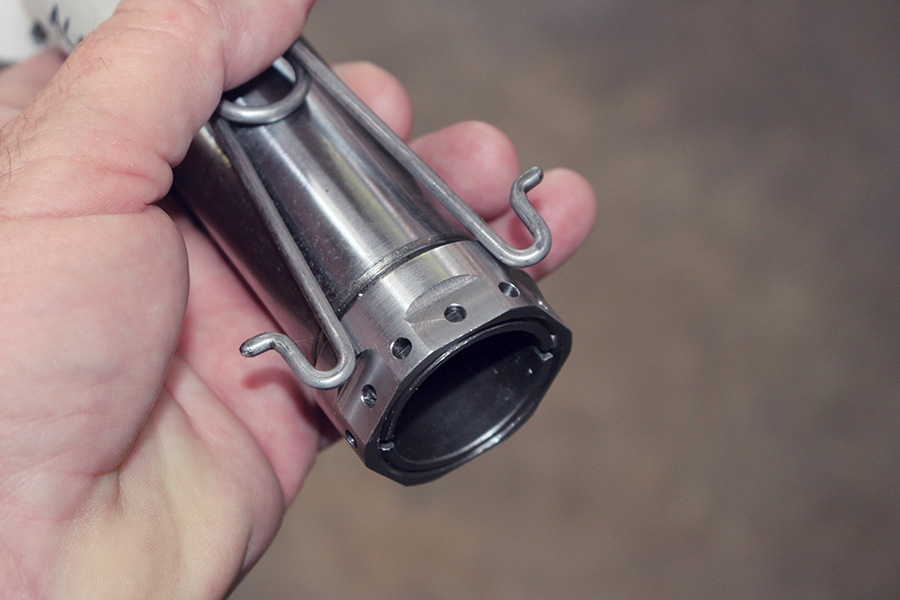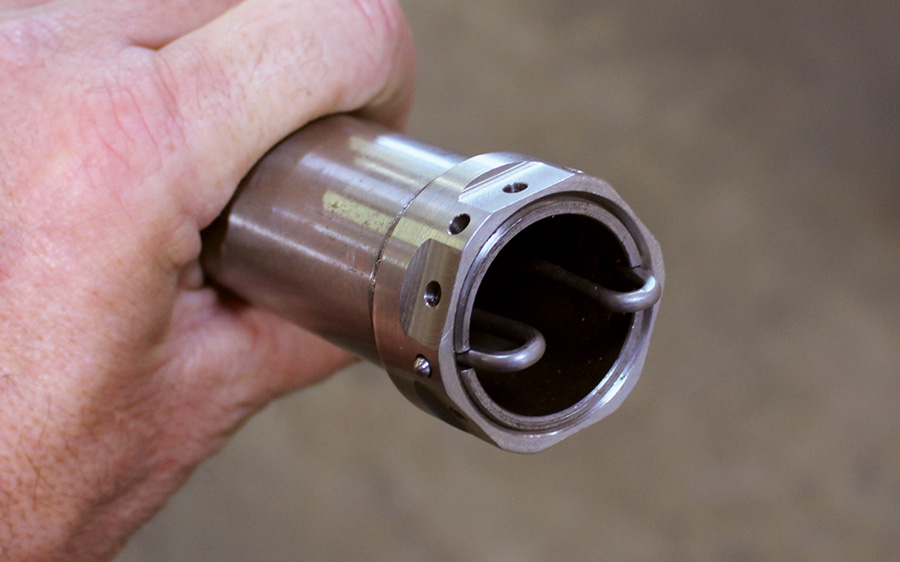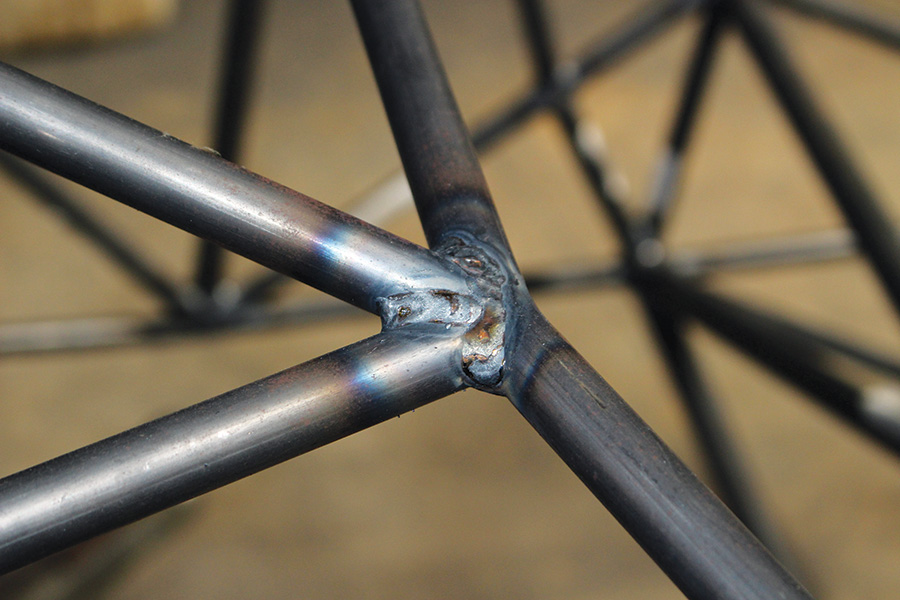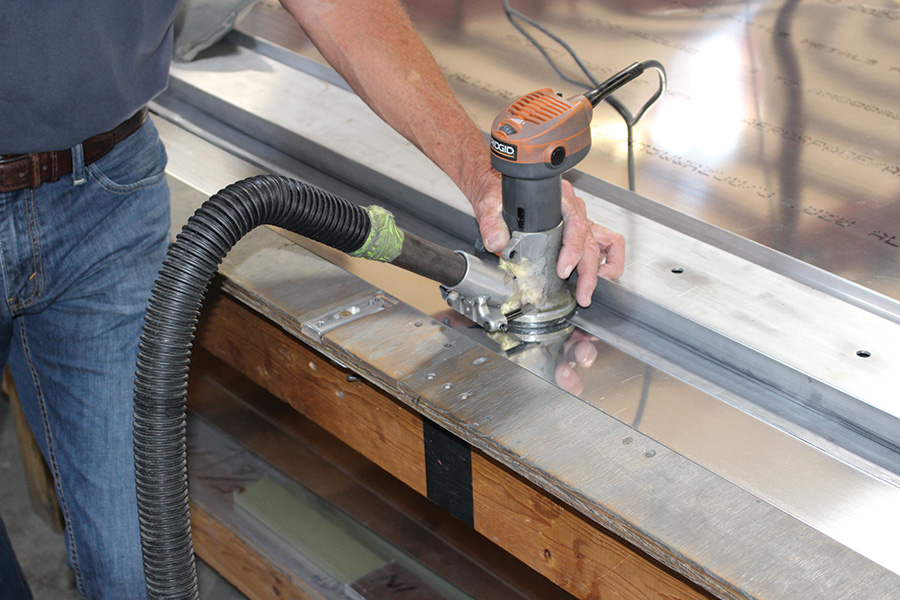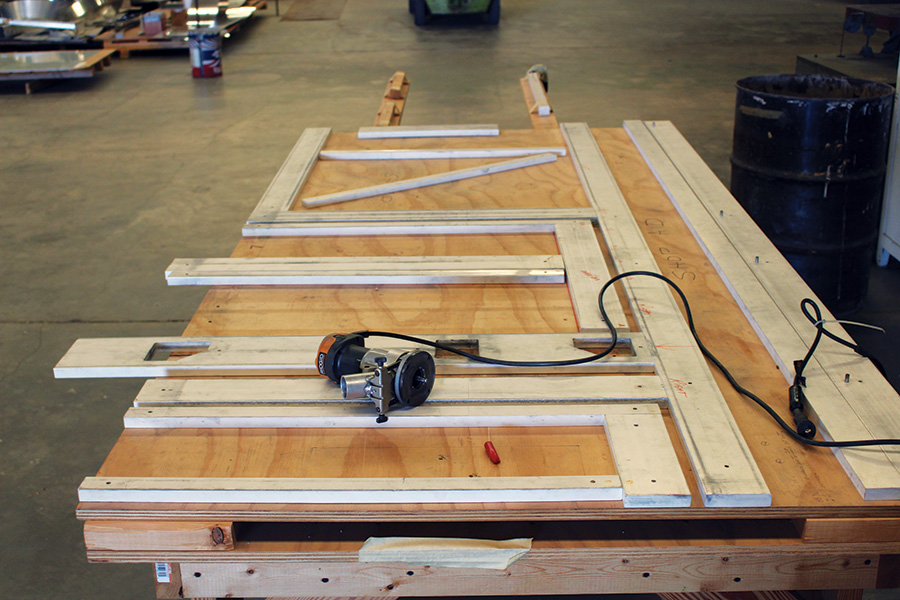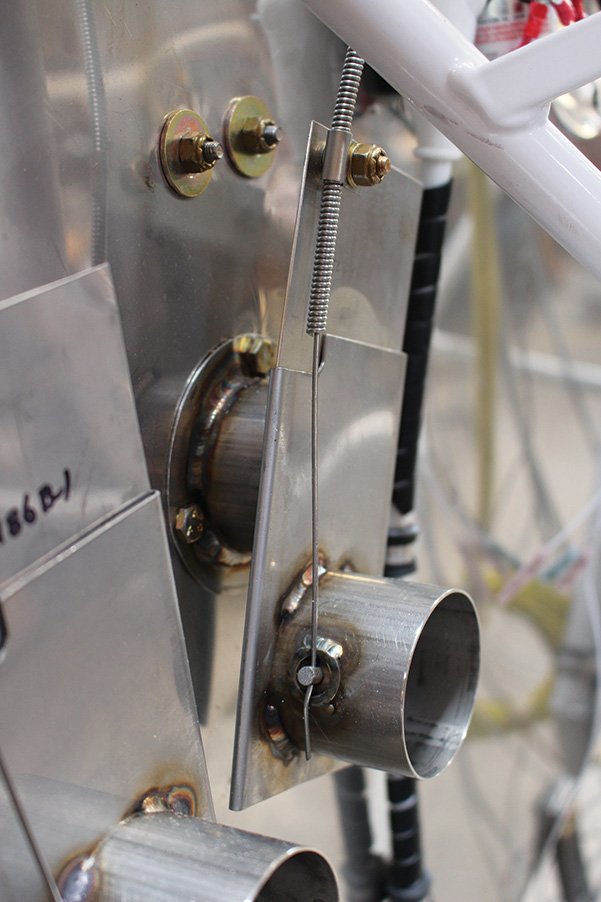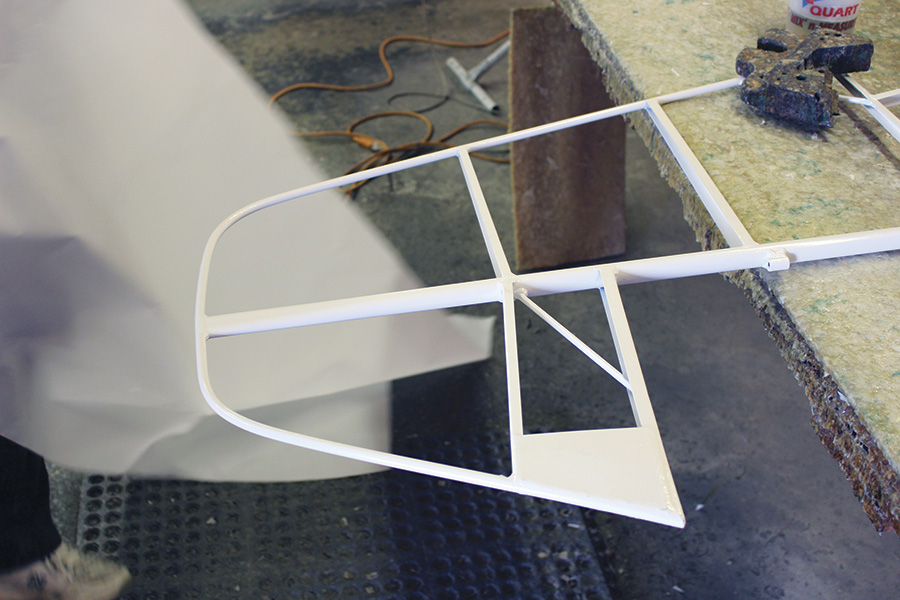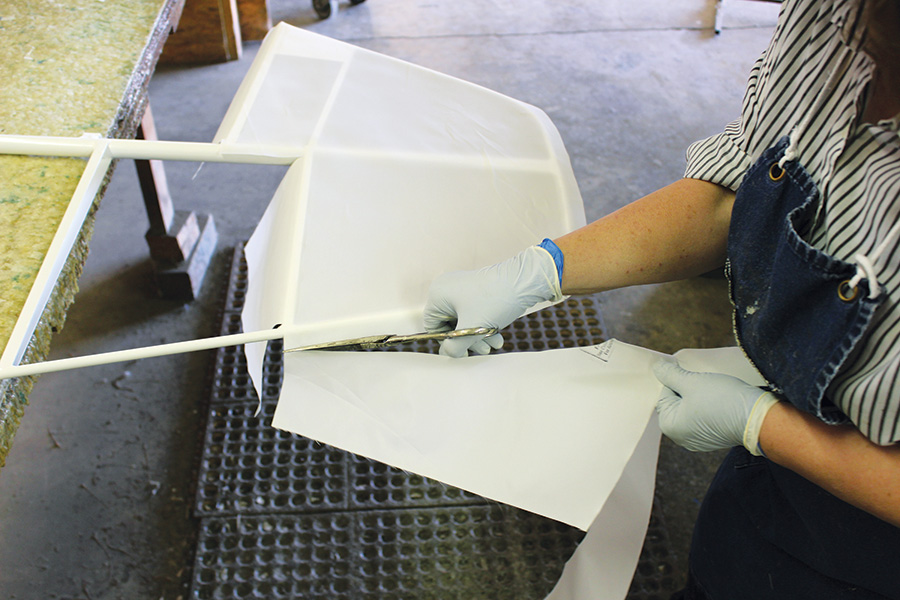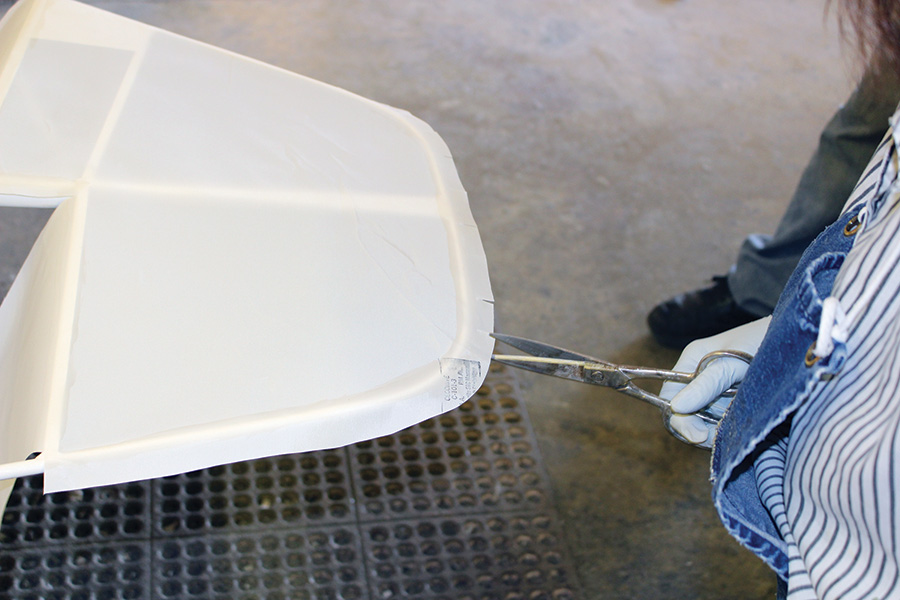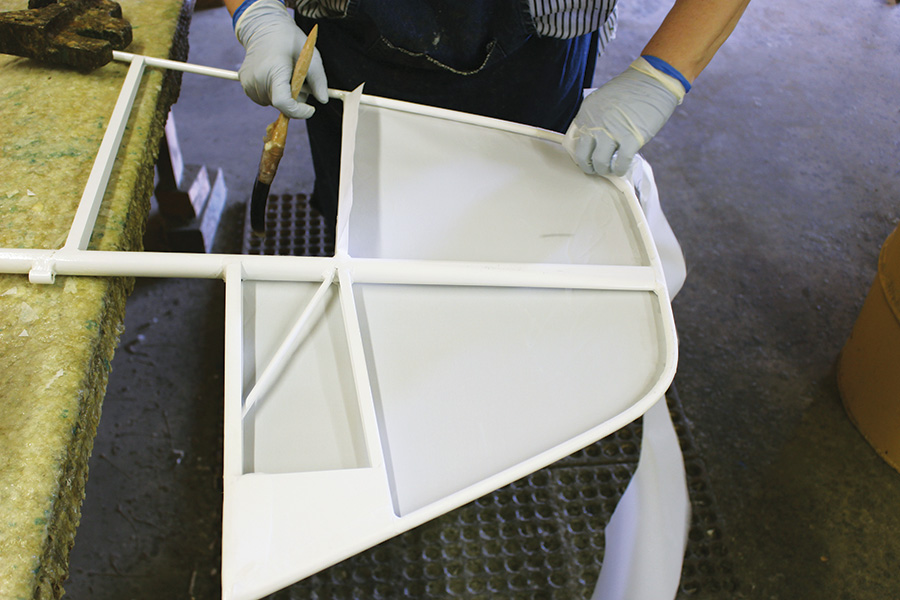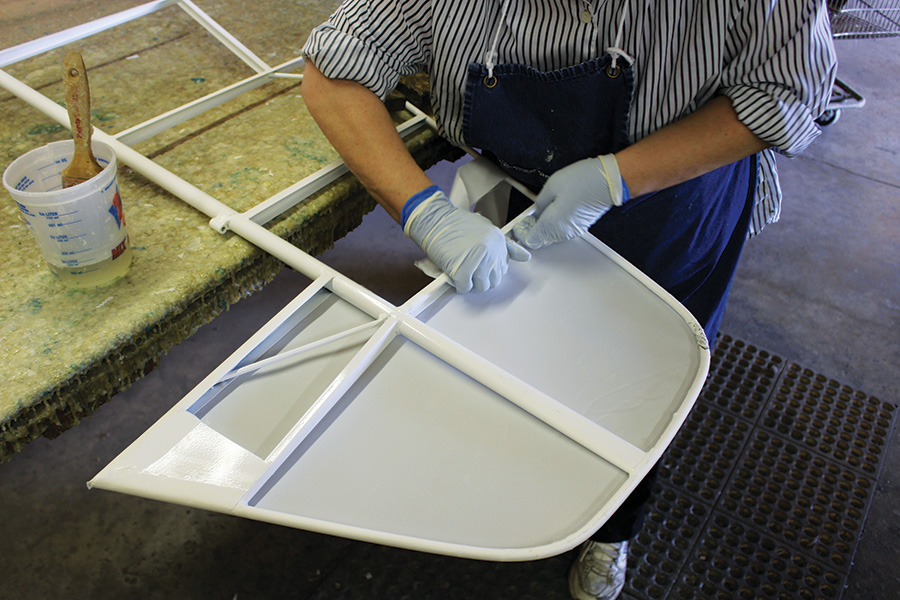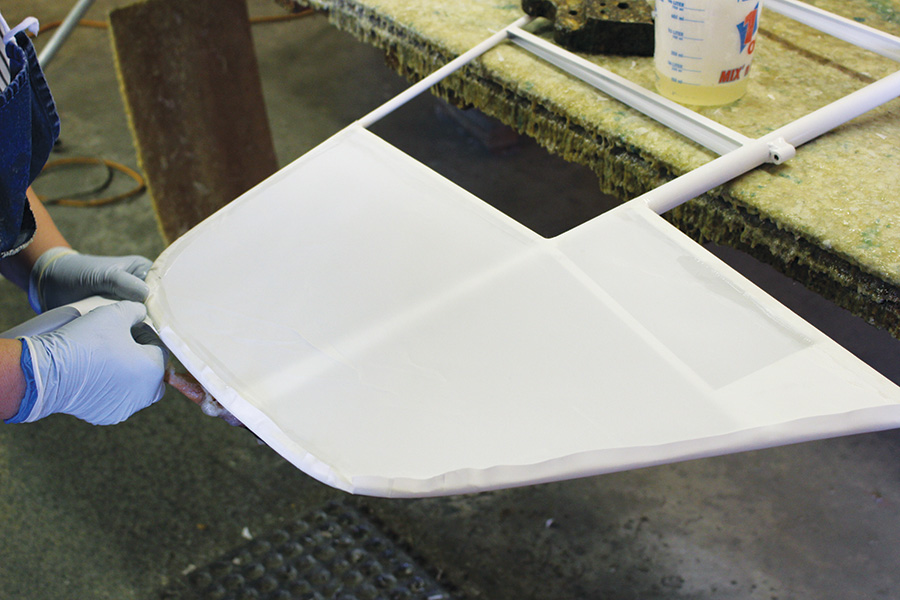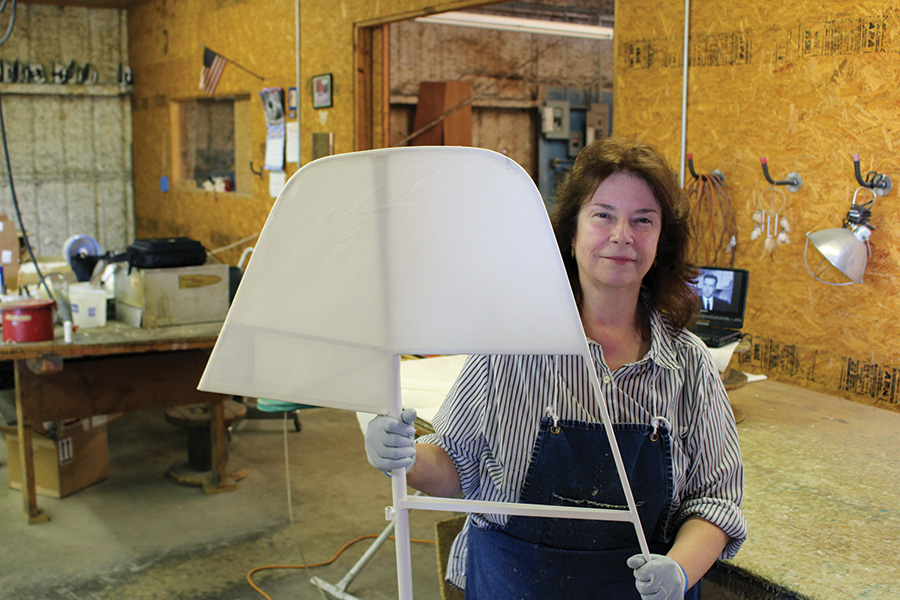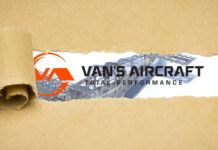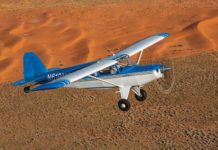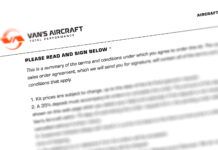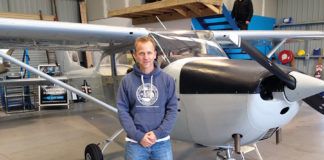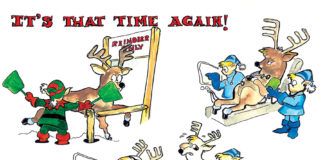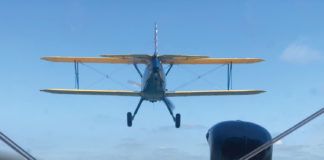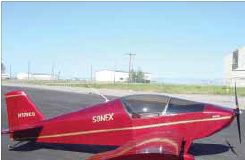Have you ever been deeply immersed in a shop task and mumbled to yourself, “There must be a better way”? You’re not alone. The truth is that aircraft fabrication professionals have the same thought almost every day. For the homebuilder, finding a better way is usually just a matter of convenience. Even a slow, labor-intensive method will get the job done eventually. For the pro, time, labor, and accuracy all equate to money.
In this series we’ll take KITPLANES® readers into a variety of professional settings, looking for ideas, methods, products, and concepts transferable to the home shop. You’re going to meet some very clever people. Some of their solutions are complex, but others are so forehead-slapping simple that you’ll wonder why you didn’t already think of it. Enjoy!
Meet your host. This is David Maule, one of several family members active at Maule Air. David is the company shop guy, responsible for many of the tools and techniques used to build better airplanes in less time. He is also a very nice fellow.
This month we continue our tour of the shop at Maule Air. Maule aircraft have been built at Spence Field, outside Moultrie, Georgia, since the founder, B.D. Maule, moved the operation from Michigan in 1968. The operation continues under family management today.
All Maule production models combine a welded steel tube fuselage with a riveted aluminum wing. The fuselage and tail surfaces are fabric covered. The Moultrie plant is fascinating because of the old-school approach to manufacturing. Everything possible is made in-house, using methods appropriate for inexpensive, small-scale manufacturing. Any aircraft plant is a fantasyland for a homebuilder, and this one is no different. Let’s go look around.
Maule Axle Nut Lock
Hate fooling with a cotter key when it’s time to remove a wheel? So does David Maule. This is his clever solution: a formed length of music wire installed inside the axle.
MIG Weld
All Maule fuselage structures are MIG welded, which may come as a surprise to some readers, given the spirited welding discussions seen on Internet builder forums. The welding is an FAA-certified process, but there’s nothing very special about it. The filler wire choice is 0.030-inch ER80S-D2 pushed through a small Tweco gun. The shield gas is 75% argon, 25% CO2. The result is not as pretty as a typical TIG weld, but there is no durability issue.
Aluminum tanks, stainless exhaust systems, and a long list of small parts are TIG welded. I didn’t see any evidence of gas welding, although I’m quite sure they know how.
Exhaust Hanger
No need for fancy exhaust hangers. Maule hangs Lycoming 540 tailpipes on flexible strips cut from ordinary fiberglass-reinforced rubber baffle material. Almost any reinforced rubber material will do. You can stack multiple strips to get any desired thickness. The fasteners are AN3 bolts with AN970 large-area washers.
Routing
Maule cuts out a lot of sheet aluminum parts with a router. Unlike a shear, it allows the cutting of insets, steps, and curves, and even cuts a radius into concave corners. Some parts get a simple guide clamped to the top surface of the aluminum sheet, and the edge of the router base runs along the guide. This would be very easy to do in the home shop.
More complicated parts are cut on dedicated router guide tables. The sheet of aluminum is clamped into place, and a bearing-piloted router bit follows the aluminum guide strips. The bits are ordinary wood cutters, lubricated with Tap Magic. The process is surprisingly fast and smooth.
Heater Boxes
These are standard Maule heater valves. In the off position shown here, flow to the cabin is fully disconnected. In mid positions they offer proportional flow, and they have no flow restriction when the slide fully aligns the tubes. Being made entirely of stainless steel, there is no possibility of melting like cheap aluminum “homebuilder” heater boxes will do in the event of an engine compartment fire. This style valve would be easy to fabricate at home, or the Maule parts department will be happy to sell you one.
Covering
B.D. Maule didn’t like rib-stitching, so you won’t find any here. The wings are metal, and the fabric-covered fuselage doesn’t need it. The tail feathers, however, are interesting. Each surface is covered as a series of individual bays or small groups of bays, thus tying every section of fabric panel directly to a rib and eliminating the stitching. Let’s see how it’s done. Our guide is Linda Suber. Linda is fascinating to watch because she is so fast, not surprising when you consider she has been covering Maule airplanes for more than 20 years.
Linda will start with these three small bays at the tip of an elevator, then work inboard, covering each bay in turn. AirTech UA55 fabric adhesive is thinned with two parts acetone, then painted on all the rib and tube surfaces. The AirTech manual suggests two coats applied five minutes apart.
A section of fabric is smoothed onto wet adhesive, and the perimeter is trimmed, leaving just enough fabric for a full wrap around the tube or rib.
…and the panel is flipped. Linda paints on more wet adhesive, and wraps the fabric around the structure…
The panel is flipped again. Another fabric section is adhered to the opposite side and trimmed. More adhesive is applied and the edges are wrapped all the way around the perimeter tubes and ribs. More thinned UA55 is brushed over all the structure, reactivating previously applied adhesive and saturating the fabric.
Linda will allow the acetone to evaporate while she begins covering the other elevator. When she returns, a partial shrink will remove wrinkles and slack. The fabric on the next open bay will wrap around the spar, the trailing edge, and the second rib, while overlapping the previous fabric by two inches at the top rib. The third and fourth bays repeat the process. Last, all edges and ribs get pinked finishing tape, using UA55 thinned with three parts acetone.



